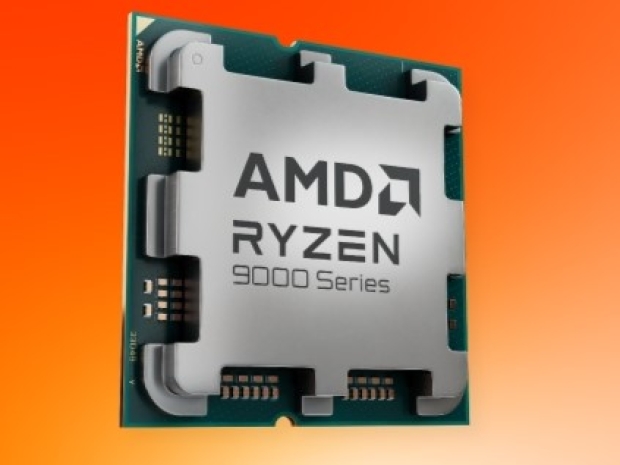AVX-512 instructions can significantly improve performance in many tasks, but their implementation in CPUs often leads to a significant drop in speed and an increase in power usage.
Toms’ noticed that in AMD's Zen 5-based Ryzen 9000-series processors, AVX-512 doesn't cause a significant drop in clock speed or a large increase in power consumption.
For example, the AMD Ryzen 9 9950X only reduces its speed by 10 per cent when using AVX-512 heavily, dropping from 5,700 MHz to 5,300 MHz.
In contrast, Intel processors that support AVX-512 (though Intel has disabled AVX-512 in some of its newer CPUs, like Alder Lake and Raptor Lake) usually see a significant drop in speed when running AVX-512 instructions.
This is partly because Intel's AVX-512-supporting CPUs are built on older technology. Additionally, wide data paths consume shedloads of power, so it's still unclear how much power AMD's Ryzen 9000-series processors (made with TSMC's advanced 4nm technology) will use when running AVX-512 instructions.
AMD's Zen 5 desktop processors have four full-width 512-bit execution units for AVX-512, making these instructions run very efficiently. Some parts use double-pumped AVX-256 units to handle 512-bit instructions, saving the chip space.
High-performance desktops, workstations, and servers often handle complex tasks from AI and high-performance computing, so AMD needed to implement AVX-512 correctly in its Zen 5 design. However, like the Strix Point series, AMD's mobile processors use double-pumped AVX-256 to run AVX-512 instructions.
This allows AMD to fit more cores into its processors, providing higher overall performance for more users than AVX-512 alone would.

